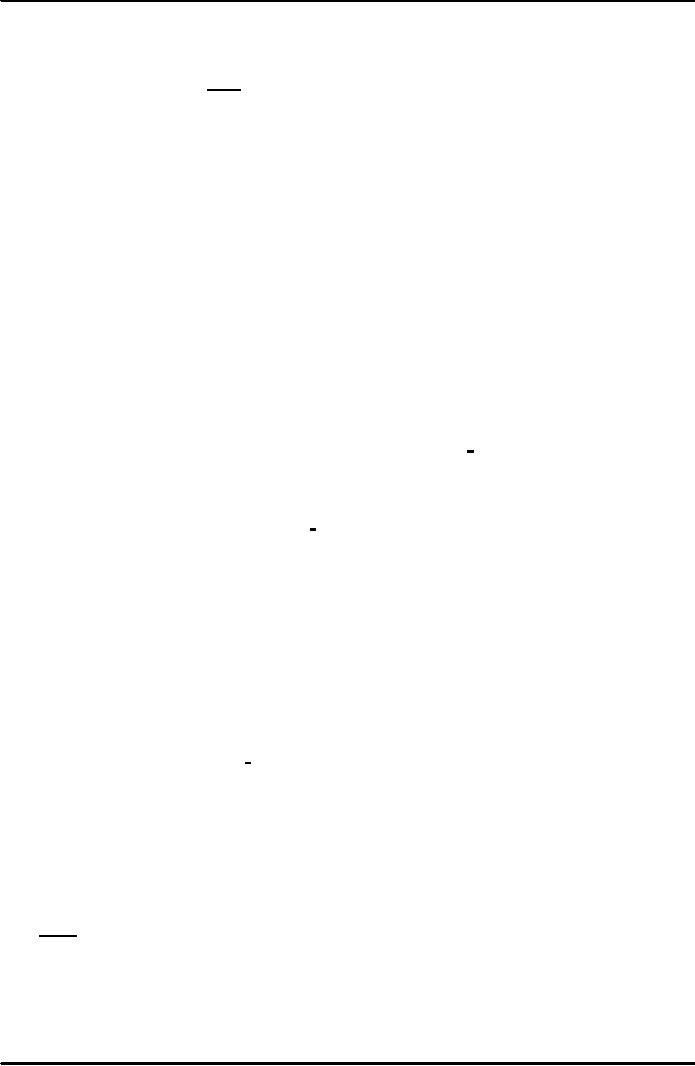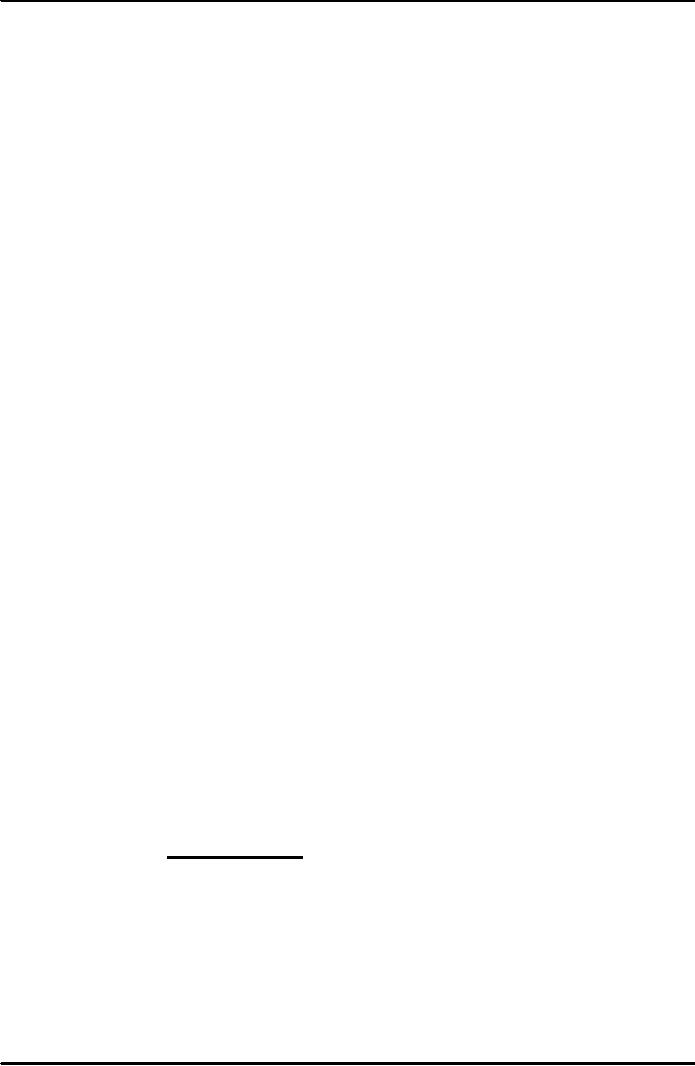 |

Introduction
to Business MGT 211
VU
Lesson
38
TOTAL
QUALITY MANAGEMENT
(continued)
Definition
--- As defined by
ISO:
"TQM
is a management approach for an
organization, centered on quality,
based on the
participation
of all its members and
aiming at long-term success
through customer
satisfaction,
and
benefits to all members of
the organization and to
society."
In
Japanese, TQM comprises four
process steps,
namely:
1.
Kaizen
Focuses on Continuous Process
Improvement, to make processes visible,
repeatable
and
measurable.
2.
. Atarimae Hinshitsu Focuses on
intangible effects on processes and
ways to
optimize
and reduce their effects.
3.
Kansei Examining
the way the user applies the
product leads to improvement in
the
product
itself.
4.
Miryokuteki
Hinshitsu Broadens
management concern beyond
the immediate
product.
TQM
requires that the company
maintain this quality
standard in all aspects of
its business.
This
requires ensuring that
things are done right
the first time and
that defects and waste
are
eliminated
from operations.
Origins
--- Although W.
Edwards Deming is largely
credited with igniting the
quality revolution
in
Japan starting in 1946 and
trying to bring it to the
United States in the
1980s,
Armand
V. Feigenbaum was developing a
similar set of principles at
General Electric in
the
United
States at around the same
time. "Total Quality
Control" was the key
concept of
Feigenbaum's
1951 book,
Quality
Control: Principles, Practice,
and Administration, a book
that was subsequently
released
in 1961 under the title,
Total
Quality Control (ISBN
0-07-020353-9). Joseph
Juran,
Philip
B. Crosby, and Kaoru
Ishikawa also contributed to
the body of knowledge now
known as
TQM.
The
American Society for Quality
says that the term
Total Quality Management was
first used
by
the U.S. Naval Air
Systems Command "to describe
its Japanese-style
management
approach
to quality improvement."
This
is consistent with the story
that the United States
Department of the Navy
Personnel
Research
and Development Center began
researching the use of
statistical process
control
(SPC);
the work of Juran, Crosby,
and Ishikawa; and the
philosophy of Deming to
make
performance
improvements in 1984. This
approach was first tested at
the North Island
Naval
Aviation
Depot. In his paper, "The
Making of TQM: History and
Margins of the Hi
(gh)-Story"
from
1994, Xu claims that "Total
Quality Control" is translated
incorrectly from Japanese
since
there
is no difference between the
words "control" and
"management" in Japanese.
William
Golimski refers to Koji
Kobayashi, former CEO of
NEC, being the first to
use TQM,
which
he did during a speech when
he got the Deming prize in
1974.
137

Introduction
to Business MGT 211
VU
TQM
in manufacturing --- Quality
assurance through statistical
methods is a key
component
in
a manufacturing organization, where TQM
generally starts by sampling a
random selection
of
the product. The sample
can then be tested for
things that matter most to
the end users.
The
causes of any failures are
isolated, secondary measures of
the production process
are
designed,
and then the causes of
the failure are corrected.
The statistical distributions
of
important
measurements are tracked.
When parts' measures drift
into a defined "error
band",
the
process is fixed. The error
band is usually a tighter
distribution than the
"failure band", so
that
the production process is
fixed before failing parts
can be produced. It is important
to
record
not just the measurement
ranges, but what failures
caused them to be chosen. In
that
way,
cheaper fixes can be
substituted later (say, when
the product is redesigned)
with no loss
of
quality. After TQM has been
in use, it's very common
for parts to be redesigned so
that
critical
measurements either cease to
exist, or become much
wider.
It
took people a while to
develop tests to find
emergent problems. One
popular test is a
"life
test"
in which the sample product
is operated until a part
fails. Another popular test
is called
"shake
and bake", in which the
product is mounted on a vibrator in an
environmental oven,
and
operated at progressively more
extreme vibration and
temperatures until something
fails.
The
failure is then isolated and
engineers design an
improvement.
A
commonly-discovered failure is for
the product to disintegrate. If
fasteners fail, the
improvements
might be to use measured-tension
nut drivers to ensure that
screws don't come
off,
or improved adhesives to ensure
that parts remain glued. If
a gearbox wears out first,
a
typical
engineering design improvement
might be to substitute a brushless
stepper motor for a
DC
motor with a gearbox. The
improvement is that a stepper
motor has no brushes or
gears to
wear
out, so it lasts ten or more
times as long. The stepper
motor is more expensive than
a
DC
motor, but cheaper than a DC
motor combined with a
gearbox. The electronics
are
radically
different, but equally
expensive. One disadvantage
might be that a stepper
motor can
hum
or whine, and usually needs
noise-isolating mounts.
Often,
a "TQMed" product is cheaper to
produce because of
efficiency/performance
improvements
and because there's no need
to repair dead-on-arrival products,
which
represents
an immensely more desirable
product.
TQM
and contingency-based research
--- TQM has
not been independent of
its
environment.
In the context of management
accounting systems (MCSs),
Sim and Killough
(1998)s
how that incentive pay
enhanced the positive
effects of TQM on customer and
quality
performance.
Ittner and Larcker (1995)
demonstrated that product
focused TQM was linked
to
timely
problem solving information
and flexible revisions to
reward systems. Chendall
(2003)
summarizes
the findings from
contingency-based research concerning
management control
systems
and TQM by noting that "TQM
is associated with broadly
based MCSs including
timely,
flexible, externally focused
information; close interactions
between advanced
technologies
and strategy; and
non-financial performance measurement."
(p.143)
TQM,
just another ---
Management
fad ?
Abrahamson
(1996) argued that
fashionable management discourse
such as Quality
Circles
tends
to follow a lifecycle in the
form of a bell curve. Ponzi
and Koenig (2002) showed
that the
same
can be said about TQM,
which peaked between 1992
and 1996, while rapidly
losing
popularity
in terms of citations after
these years. Dubois (2002)
argued that the use of
the term
TQM
in management discourse created a
positive utility regardless of
what managers meant
by
it (which showed a large
variation), while in the
late 1990s the usage of
the term TQM in
implementation
of reforms lost the positive
utility attached to the mere
fact of using the
term
and
sometimes associations with TQM
became even negative.
Nevertheless, management
concepts
such as TQM leave their
traces, as their core ideas
can be very valuable.
For
138

Introduction
to Business MGT 211
VU
example,
Dubois (2002) showed that
the core ideas behind
the two management
fads
reengineering
and TQM, without explicit
usage of their names, can
even work in a
synergistic
way.
Tools
for Total Quality
Management
Competitive
product analysis -- Process by
which a company analyzes a
competitor's
products
to identify desirable
improvements.
Value-Added
Analysis -- process of
evaluating all work
activities, materials flows,
and
paperwork
to determine the value they
add for customers.
Statistical
Process Control -- methods
for gathering data to
analyze variations in
production
activities
to see when adjustments are
needed.
i.
Process
Variationvariation in
products arising from
changes in
production
inputs.
ii.
Control
Chartprocess of
checking production periodically by
plotting
the
results, to determine when a
process is beginning to depart
from
normal
operating conditions.
Quality/Cost
Studies -- studies
identifying a firm's current
costs as well as the areas
with the
largest
cost-savings potential.
i.
Internal
Failures--reducible
costs incurred during
production and
before
bad products leave a
plant.
ii.
External
Failures--reducible
costs incurred after
defective products
have
left a plant.
Quality
Improvement Teams -- TQM tool in
which groups of employees
work together to
improve
quality by meeting regularly to
define, analyze, and solve
common production
problems
to improve both work methods
and the products they
make.
139
Table of Contents:
- INTRODUCTION:CONCEPT OF BUSINESS, KINDS OF INDSTRY, TYPES OF TRADE
- ORGANIZATIONAL BOUNDARIES AND ENVIRONMENTS:THE ECONOMIC ENVIRONMENT
- BUSINESS ORGANIZATION:Sole Proprietorship, Joint Stock Company, Combination
- SOLE PROPRIETORSHIP AND ITS CHARACTERISTICS:ADVANTAGES OF SOLE PROPRIETORSHIP
- PARTNERSHIP AND ITS CHARACTERISTICS:ADVANTAGES AND DISADVANTAGES OF PARTNERSHIP
- PARTNERSHIP (Continued):KINDS OF PARTNERS, PARTNERSHIP AT WILL
- PARTNERSHIP (Continued):PARTNESHIP AGREEMENT, CONCLUSION, DUTIES OF PARTNERS
- ORGANIZATIONAL BOUNDARIES AND ENVIRONMENTS:ETHICS IN THE WORKPLACE, SOCIAL RESPONSIBILITY
- JOINT STOCK COMPANY:PRIVATE COMPANY, PROMOTION STAGE, INCORPORATION STAGE
- LEGAL DOCUMENTS ISSUED BY A COMPANY:MEMORANDUM OF ASSOCIATION, CONTENTS OF ARTICLES
- WINDING UP OF COMPANY:VOLUNTARY WIDNIGN UP, KINDS OF SHARE CAPITAL
- COOPERATIVE SOCIETY:ADVANTAGES OF COOPERATIVE SOCIETY
- WHO ARE MANAGERS?:THE MANAGEMENT PROCESS, BASIC MANAGEMENT SKILLS
- HUMAN RESOURCE MANAGEMENT:Human Resource Planning
- STAFFING:STAFFING THE ORGANIZATION
- STAFF TRAINING & DEVELOPMENT:Typical Topics of Employee Training, Training Methods
- BUSINESS MANAGERíS RESPONSIBILITY PROFILE:Accountability, Specific responsibilities
- COMPENSATION AND BENEFITS:THE LEGAL CONTEXT OF HR MANAGEMENT, DEALING WITH ORGANIZED LABOR
- COMPENSATION AND BENEFITS (Continued):MOTIVATION IN THE WORKPLACE
- STRATEGIES FOR ENHANCING JOB SATISFACTION AND MORALE
- MANAGERIAL STYLES AND LEADERSHIP:Changing Patterns of Leadership
- MARKETING:What Is Marketing?, Marketing: Providing Value and Satisfaction
- THE MARKETING ENVIRONMENT:THE MARKETING MIX, Product differentiation
- MARKET RESEARCH:Market information, Market Segmentation, Market Trends
- MARKET RESEARCH PROCESS:Select the research design, Collecting and analyzing data
- MARKETING RESEARCH:Data Warehousing and Data Mining
- LEARNING EXPERIENCES OF STUDENTS EARNING LOWER LEVEL CREDIT:Discussion Topics, Market Segmentation
- UNDERSTANDING CONSUMER BEHAVIOR:The Consumer Buying Process
- THE DISTRIBUTION MIX:Intermediaries and Distribution Channels, Distribution of Business Products
- PHYSICAL DISTRIBUTION:Transportation Operations, Distribution as a Marketing Strategy
- PROMOTION:Information and Exchange Values, Promotional Strategies
- ADVERTISING PROMOTION:Advertising Strategies, Advertising Media
- PERSONAL SELLING:Personal Selling Situations, The Personal Selling Process
- SALES PROMOTIONS:Publicity and Public Relations, Promotional Practices in Small Business
- THE PRODUCTIVITY:Responding to the Productivity Challenge, Domestic Productivity
- THE PLANNING PROCESS:Strengths, Weaknesses, Threats
- TOTAL QUALITY MANAGEMENT:Planning for Quality, Controlling for Quality
- TOTAL QUALITY MANAGEMENT (continued):Tools for Total Quality Management
- TOTAL QUALITY MANAGEMENT (continued):Process Re-engineering, Emphasizing Quality of Work Life
- BUSINESS IN DIGITAL AGE:Types of Information Systems, Telecommunications and Networks
- NON-VERBAL COMMUNICATION MODES:Body Movement, Facial Expressions
- BUSINESS ORGANIZATIONS:Organization as a System
- ACCOUNTING:Accounting Information System, Financial versus Managerial Accounting
- TOOLS OF THE ACCOUNTING TRADE:Double-Entry Accounting, Assets
- FINANCIAL MANAGEMENT:The Role of the Financial Manager, Short-Term (Operating) Expenditures